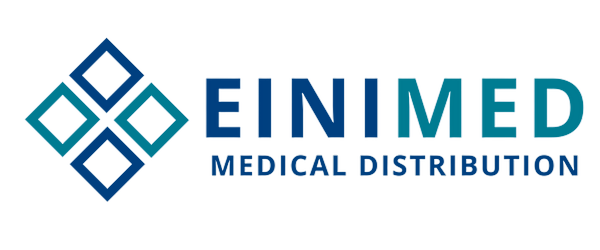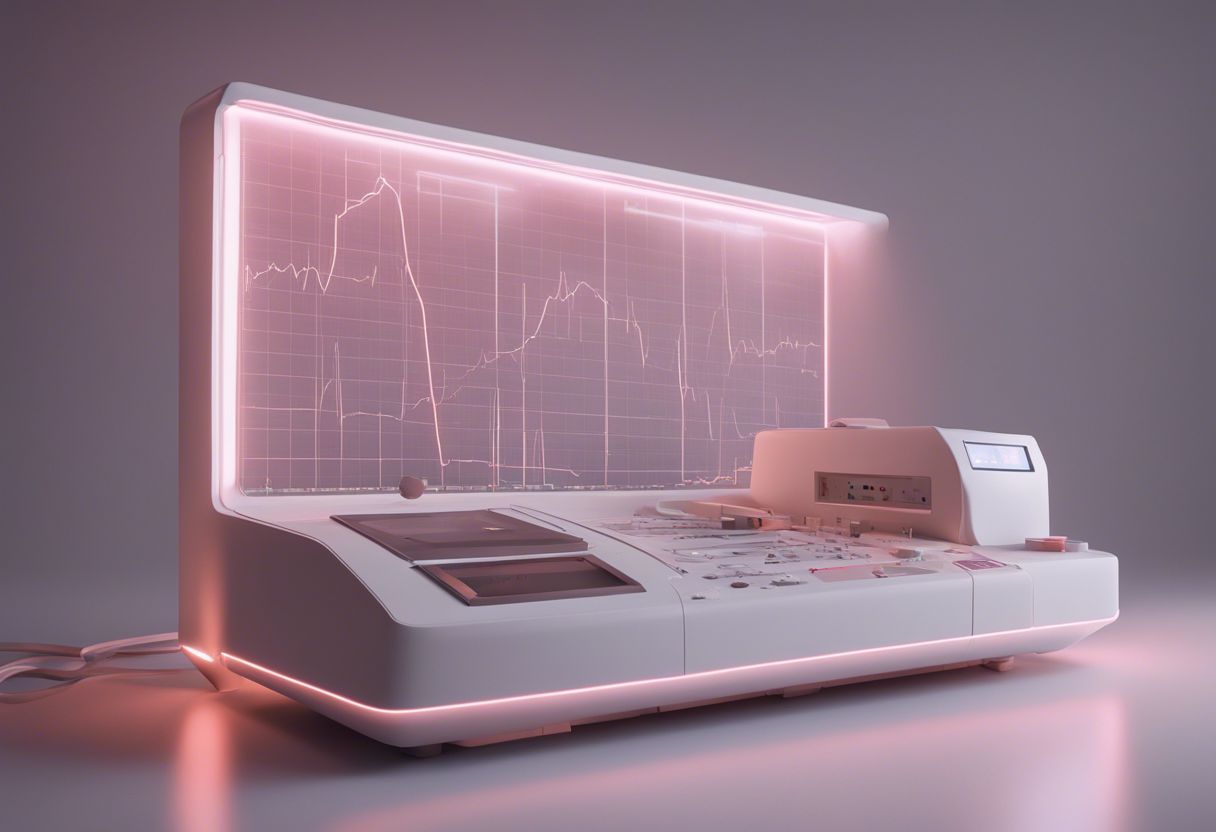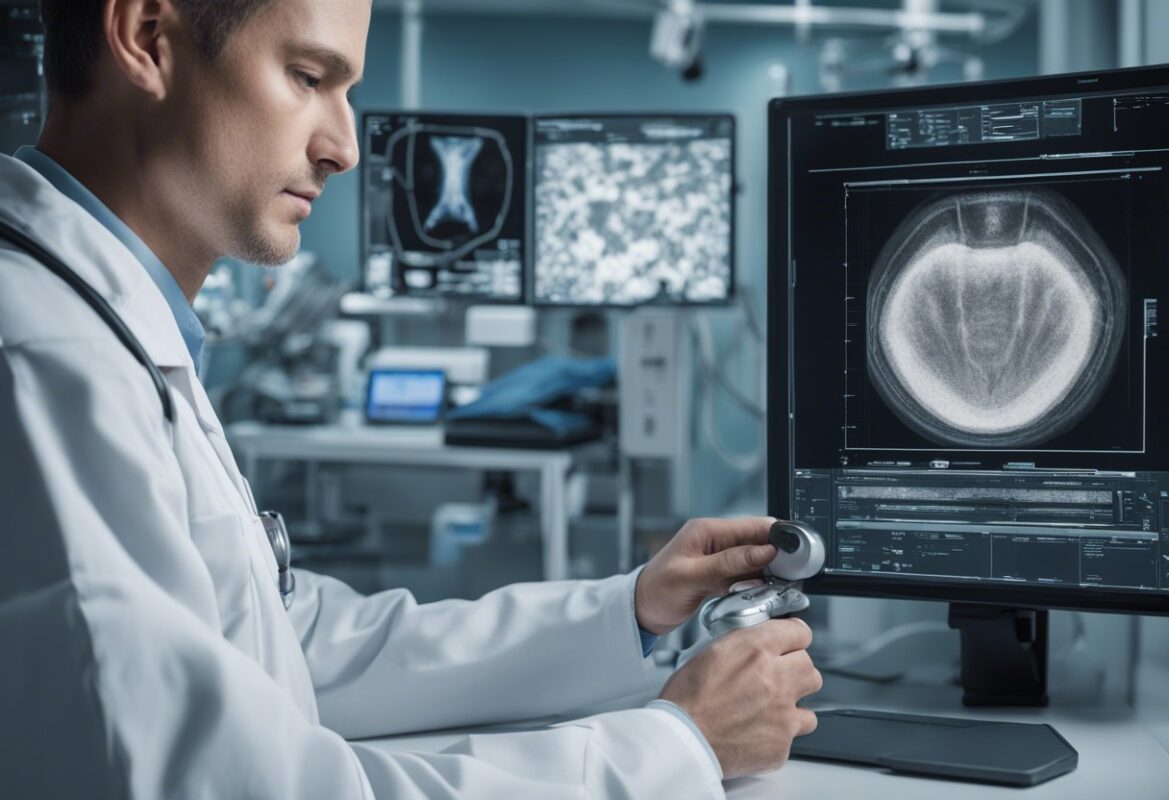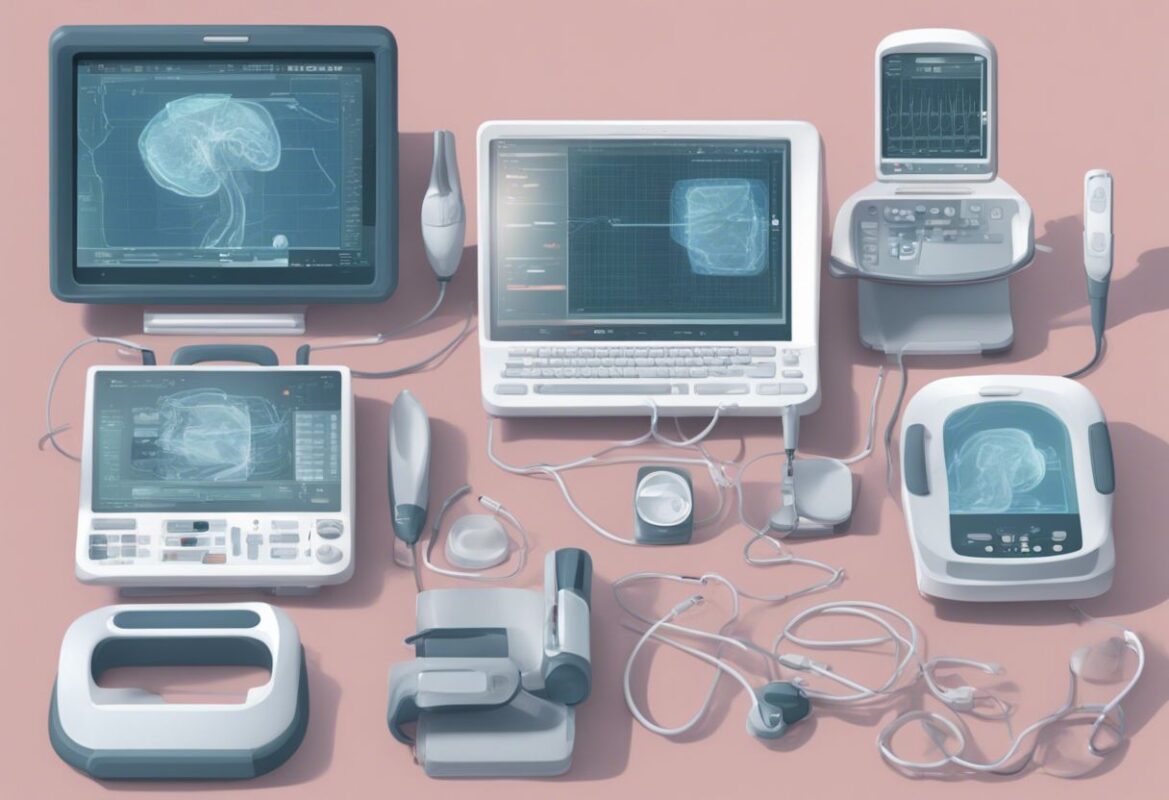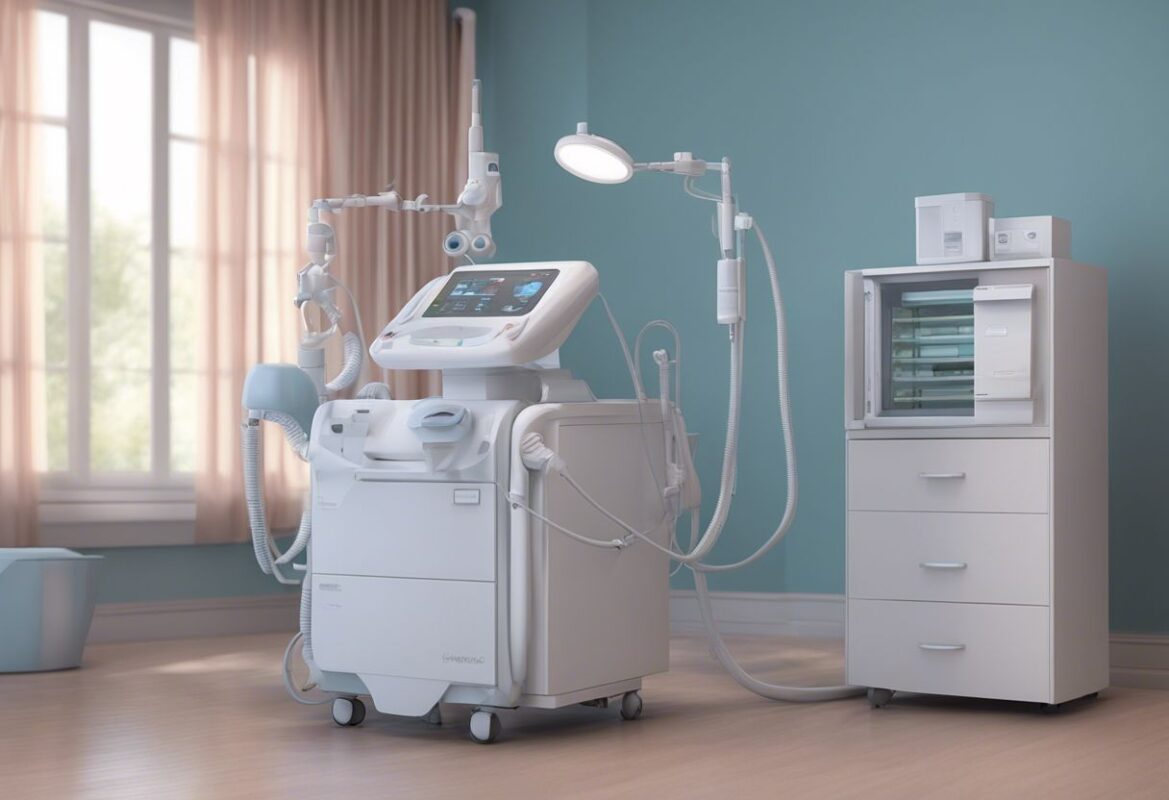Electrocardiogram (ECG) machines are vital tools in diagnosing and monitoring heart conditions. Over the years, technological advancements have significantly enhanced the functionality, accuracy, and accessibility of these devices. This detailed post explores the latest advancements in ECG machines, their applications, and the future trends shaping cardiac care.
Understanding ECG Machines
ECG machines measure the electrical activity of the heart over a period of time, providing critical information about heart health. The data is captured through electrodes placed on the skin, which detect electrical impulses generated by the heart as it contracts and relaxes.
Key Functions of ECG Machines
- Diagnosing Heart Conditions: Identifying arrhythmias, myocardial infarctions, and other cardiac abnormalities.
- Monitoring Heart Health: Continuous monitoring of heart activity in critical care settings.
- Guiding Treatment Decisions: Informing therapeutic interventions and medication adjustments.
Recent Advancements in ECG Machines
1. Portable and Wearable ECG Devices
Overview
Advancements in miniaturization and battery technology have led to the development of portable and wearable ECG devices, providing continuous cardiac monitoring outside traditional clinical settings.
Key Features
- Compact Design: Small, lightweight devices that can be worn on the wrist or chest.
- Real-Time Monitoring: Continuous data transmission to smartphones or other devices for real-time monitoring.
- Patient Convenience: Increased comfort and mobility, allowing patients to maintain their daily activities.
Applications
- Remote patient monitoring
- Early detection of arrhythmias
- Long-term monitoring of chronic cardiac conditions
2. High-Definition (HD) ECG
Overview
HD ECG technology enhances the clarity and detail of ECG readings, providing more precise data for diagnosis and treatment.
Key Features
- Enhanced Signal Quality: Improved electrode technology and signal processing for clearer recordings.
- Detailed Waveform Analysis: Ability to detect subtle changes in the heart’s electrical activity.
- Advanced Diagnostic Capabilities: Enhanced detection of ischemia, myocardial infarction, and other cardiac conditions.
Applications
- Detailed cardiac assessments
- Research and clinical trials
- Complex case evaluations
3. AI-Enhanced ECG Analysis
Overview
Artificial intelligence (AI) and machine learning algorithms are transforming ECG analysis by providing automated, accurate interpretations of complex ECG data.
Key Features
- Automated Interpretation: AI algorithms analyze ECG data to identify abnormalities and provide diagnostic suggestions.
- Predictive Analytics: Machine learning models predict the likelihood of future cardiac events based on historical ECG data.
- Personalized Insights: Tailored recommendations for individual patients based on comprehensive data analysis.
Applications
- Automated diagnostic support
- Risk stratification and early intervention
- Enhanced clinical decision-making
4. Cloud-Connected ECG Systems
Overview
Cloud connectivity allows for the seamless integration of ECG data with electronic health records (EHR) and facilitates remote access to patient data.
Key Features
- Real-Time Data Transmission: Continuous uploading of ECG data to the cloud for real-time monitoring and analysis.
- Remote Access: Healthcare providers can access patient data from anywhere, improving care coordination.
- Data Integration: Integration with EHR systems for comprehensive patient management.
Applications
- Telemedicine and remote consultations
- Continuous outpatient monitoring
- Integrated care networks
5. Enhanced Electrode Technology
Overview
Innovations in electrode design and materials have improved the accuracy and comfort of ECG measurements.
Key Features
- Improved Adhesion: Better skin contact and reduced movement artifacts.
- Flexible and Biocompatible Materials: Enhanced patient comfort and reduced skin irritation.
- Wireless Options: Eliminating the need for cumbersome wires, enhancing patient mobility.
Applications
- High-fidelity ECG recordings
- Pediatric and neonatal ECG
- Long-term monitoring
Benefits of Modern ECG Machines
Increased Diagnostic Accuracy
Advanced signal processing, high-definition displays, and AI-enhanced analysis provide more accurate and detailed ECG readings, leading to better diagnosis and treatment outcomes.
Improved Patient Experience
Portable and wearable devices, along with enhanced electrode comfort, make ECG monitoring less intrusive and more convenient for patients, encouraging compliance with long-term monitoring regimens.
Enhanced Accessibility
Cloud connectivity and portable devices extend the reach of ECG monitoring, enabling remote patient management and telemedicine applications, particularly beneficial in rural and underserved areas.
Efficiency and Workflow Integration
Automated analysis and seamless data integration with EHR systems streamline clinical workflows, reducing the burden on healthcare providers and allowing for more efficient patient management.
Future Trends in ECG Machines
Advanced AI and Machine Learning
- Innovation: Continued development of AI algorithms that improve the accuracy and predictive capabilities of ECG analysis.
- Impact: Earlier detection of cardiac conditions, personalized treatment plans, and reduced healthcare costs through proactive management.
Integration with Wearable Technology
- Innovation: ECG functionality integrated into everyday wearable devices like smartwatches and fitness trackers.
- Impact: Increased accessibility to continuous heart monitoring for a broader population, promoting early intervention and preventive care.
Enhanced Telemedicine Capabilities
- Innovation: Improved telemedicine platforms that integrate real-time ECG monitoring and analysis.
- Impact: Better remote patient management, timely interventions, and improved patient outcomes, especially in remote and underserved areas.
Personalized Medicine
- Innovation: Use of ECG data to tailor individualized treatment plans based on specific patient profiles and predictive analytics.
- Impact: Enhanced effectiveness of treatments, reduced adverse effects, and improved patient satisfaction.
Sustainable and Eco-Friendly Designs
- Innovation: Development of sustainable ECG machines with eco-friendly materials and energy-efficient technologies.
- Impact: Reduced environmental impact and alignment with global sustainability goals.
Conclusion
The advancements in ECG machines have significantly transformed cardiac care, offering improved diagnostic accuracy, patient experience, and accessibility. From portable and wearable devices to AI-enhanced analysis and cloud connectivity, these innovations are setting new standards in heart health monitoring and management. As technology continues to evolve, the future of ECG machines promises even greater integration with AI, wearable tech, and telemedicine, further enhancing patient care and outcomes. By staying informed about these developments, healthcare providers can leverage the latest ECG technologies to deliver superior cardiac care and ensure better heart health for their patients.
